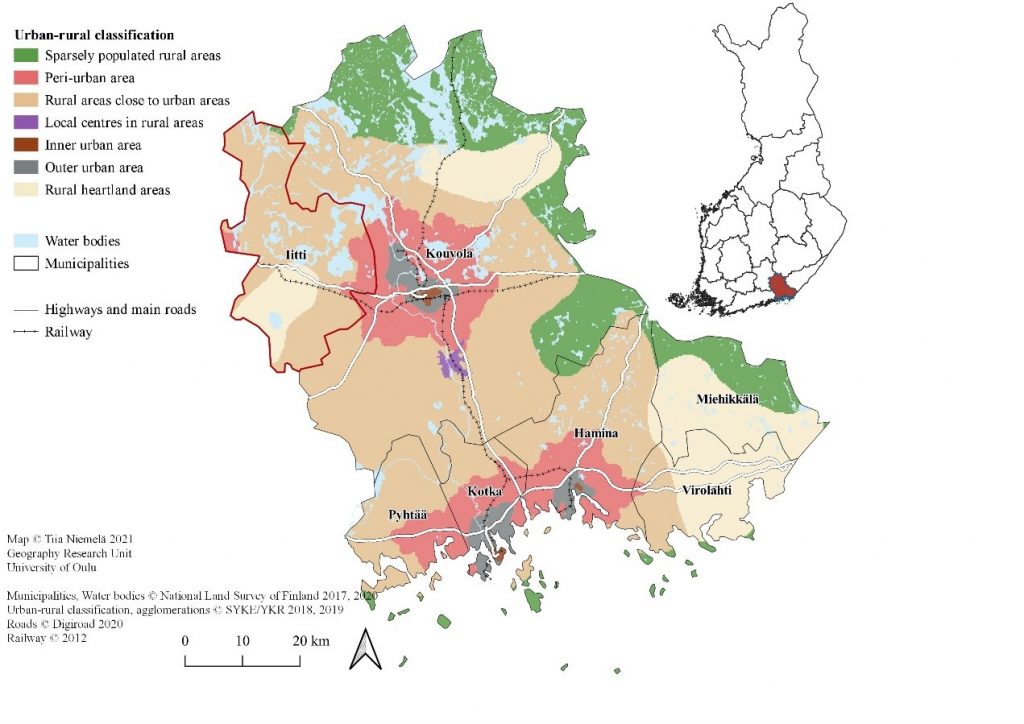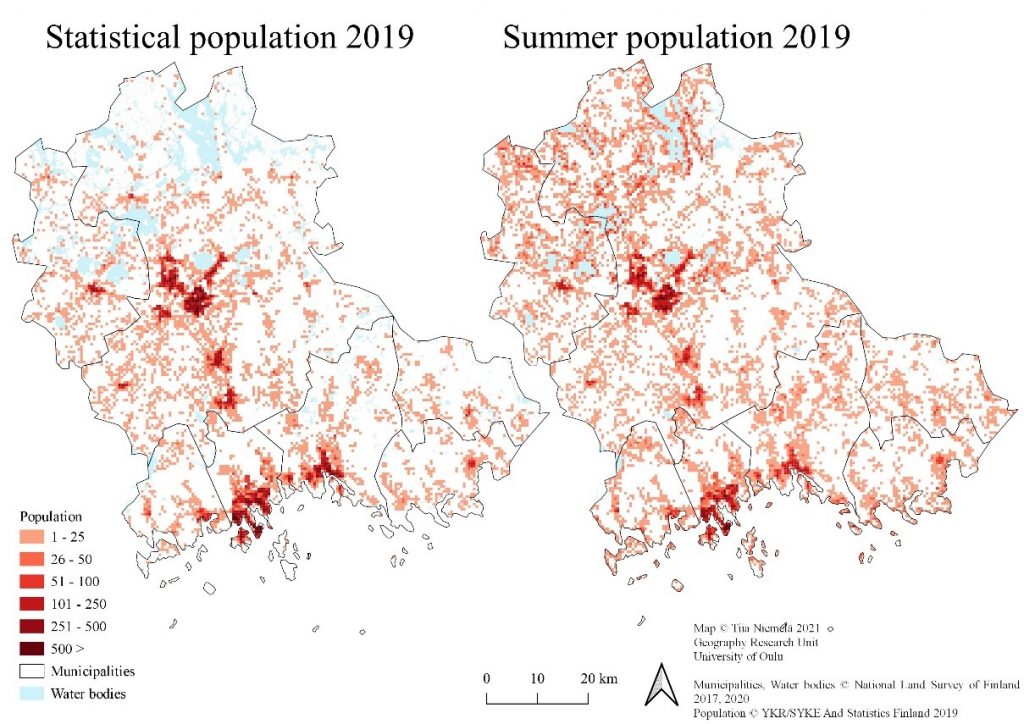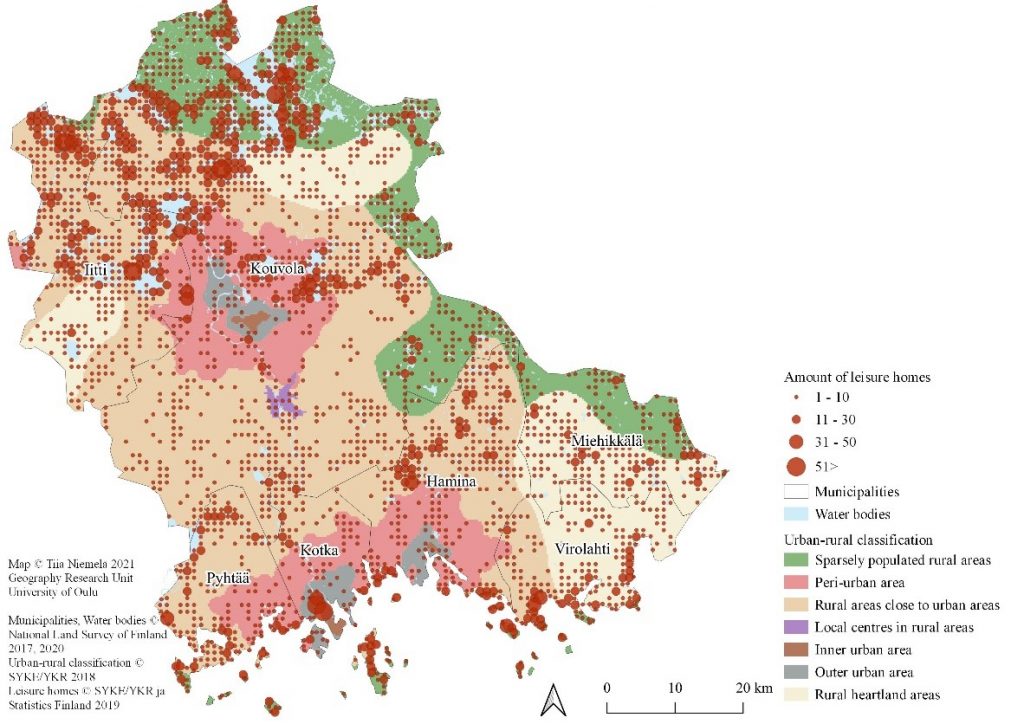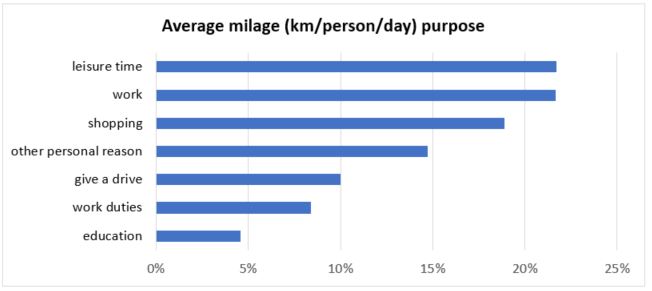Developing sustainable transportation system in Kymenlaakso region Finland - answering the mobility needs of permanent and seasonal residents
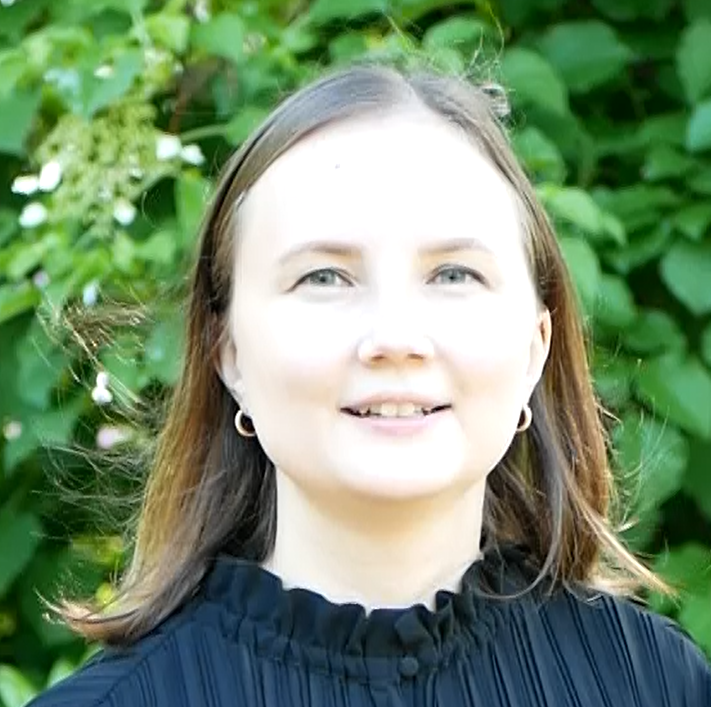
But do these objectives match with demands of local residents and seasonal visitors? SYKE researchers analyzed population trends and mobility behaviors of permanent and seasonal residents to support sustainable land-use and transportation system planning in the city of Kouvola and Kymenlaakso region as a part of MARA project. The targets for reducing emissions from transport must be in line with Finland’s carbon neutrality targets. Transport emissions account for one fifth of the country’s greenhouse gas emissions. Finland is committed to reducing transport emissions by 50 per cent by 2030. The Kymenlaakso transport strategy 2035 is targeted for implementing the national and regional goals and guidelines to action.
”MARA results will help us to find out sustainable ways to change the modes of transport in the rural lake areas”.
Kymenlaakso region is located in South-East Finland nearby Russian border. The region has two main cities, Kouvola and Kotka and smaller city Hamina. Kymenlaakso was among the first industrial regions in Finland, but nowadays it suffers from industrial recession. Majority of region belongs to rural and sparsely populated areas (Fig. 1).
There are ca. 180 000 residents in the Kymenlaakso region and number is declining (Fig. 2). Population tends to concentrate in three cities of region. However, seasonal residents changes population structure in the region (Fig. 3). Most of the public transport is supported by municipalities or state.
There are quite of view challenges related mobility and accessibility of Kymenlaakso region (Table 1). Especially supporting sustainable transportation and active mobility (biking and walking) are facing many challenges typical for sparsely populated areas such as long distances, ageing population or poor public transportation network.
| Region | The main problems of mobility |
| Kymenlaakso |
|

Geographer Tiia Niemelä analyzed mobility patterns and behaviors of summer visitors. In her studies she showed that in sparsely populated areas seasonal residents shift temporarily negative trend of population decline into positive, but most likely it’s not enough to maintain long-term liveability of smallest villages. But are seasonal residents using public transportation or other mobility service? Comparing with permanent residents mobility patterns of seasonal residents are the same despite and minority of both types of residents mentioned to use public transportation (Fig. 4).
SYKE researcher Kimmo Nurmio analyzed current population structure and predictions in the northern part of city of Kouvola, where also most of leisure houses are located (Fig. 5). His analyses convinced that car is most typical mode of transportation. Leisure time reasons and work were most common reasons for daily mobility indicating that many residents are retired (Fig. 6). The population prediction scenarios showed that not even a quite strong immigration to existing villages is now enough to rise the amount of population. The current population structure is so old that turning the trend is impossible.
What kinds of mobility services would enhance regional sustainability transportation and reducing of transportation emissions in the Kymenlaakso region where mobility is heavily car-dependent? Would more targeted and personal based transportation services such as “call a bus” services be a most efficient way to achieve targeted goals? “Seasonal residents give strong support for public transportation. However, it’s not enough to maintain full public transportation services especially areas that are already sparsely populated
Our results showed that call-a-bus could be one option as seasonal residents were most interests on that mobility service”, comments Tiia Niemelä (Fig. 7 & 8)
Kimmo Nurmio also analyzed the regional and local demand potential of mobility services in the master plan areas of Kouvola. These areas consist of rural areas and some villages. The results show that the dispersed demand makes the conditions for public transport very tough. The trips from the master plan areas are targeted to city centre, the main shopping centre and one village with basic services. There’s only one corridor where the demand might support developing better public transport. Our advice to master plan work is that the location of new permanent housing should be located in the villages and places along this corridor.
Even if the demand of seasonal residents is not adequate for maintaining the service level of public transport, the seasonal residents might be a trigger to develop certain routes. The results rose up key routes and areas where new public transport modes (like carpooling, call-a-transport services etc) might get a crucial boost from the seasonal residents (Fig.9, Fig. 10).




